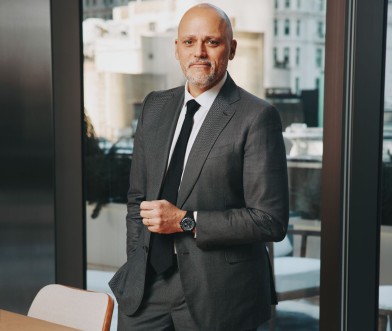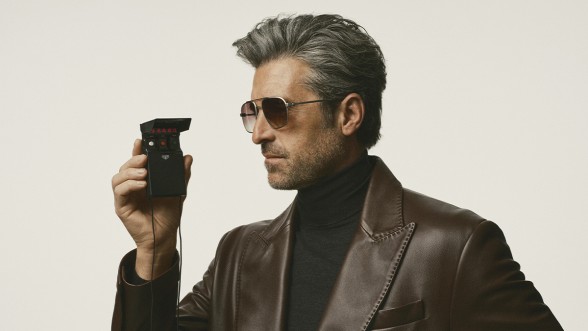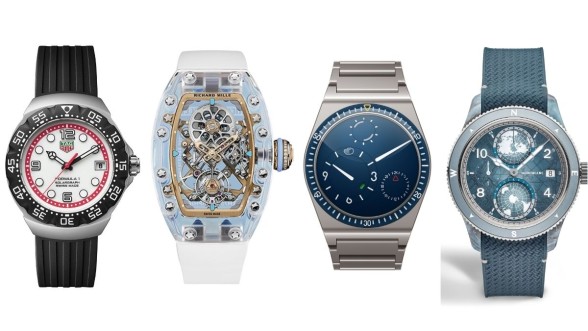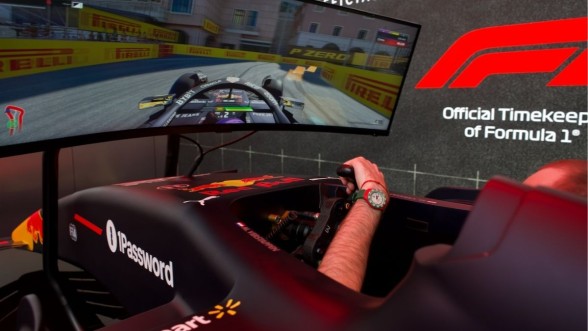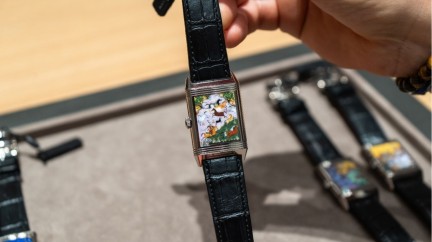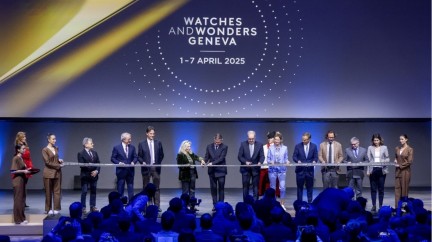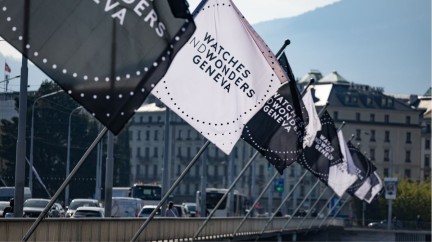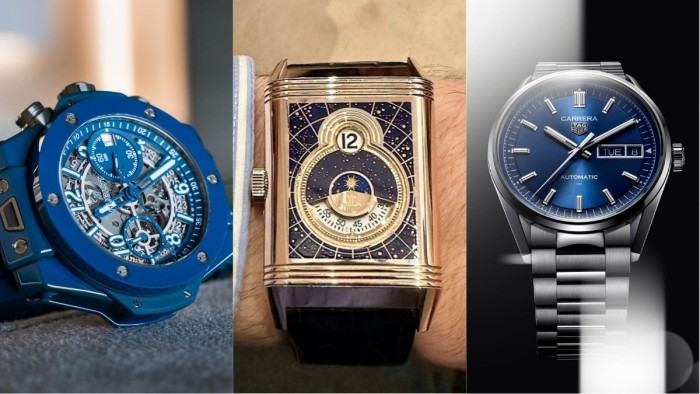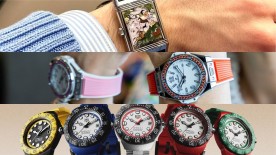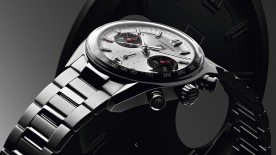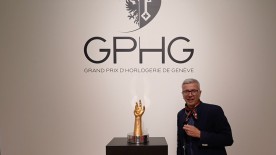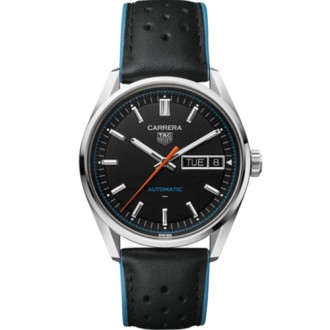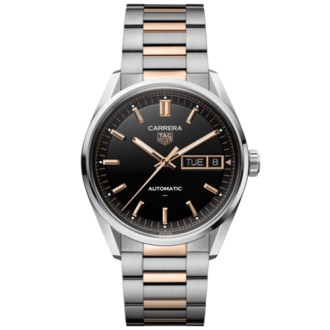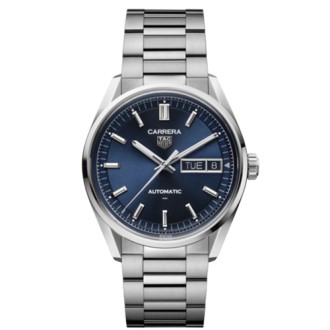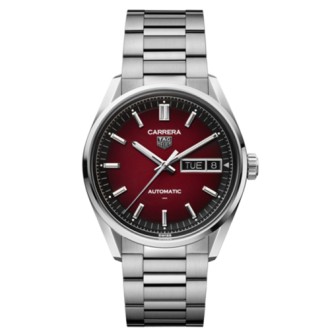TAG Heuer
TAG Heuer was founded in Saint-Imier in 1860 by Édouard Heuer. It has been a major player in the history of haute horlogerie, extreme precision, innovation and design. Its pioneering spirit has been passed down through four generations, living proof of the brand motto “Swiss Avant-Garde Since 1860”.
The TAG Heuer legend is built on a number of inventions including the oscillating pinion in 1887, which is still used in its in-house chronographs today, the Mikrograph in 1916, which measured time to the 1/100th of a second, and the Calibre 11 in 1969, the first automatic micro-rotor movement. More recently, we have seen the Monaco V4, the first movement with a belt drive, and the Mikrogirder, a chronograph that can keep time to 5/10,000ths of a second, which was rewarded with the Aiguille d’Or at the 2012 Grand Prix d’Horlogerie de Genève.
This pursuit of precision has cemented TAG Heuer’s place in the world of timekeeping, and more particularly the motor racing world. Since the first “Dashboard” in 1911, and the subsequent Autavia, the name of TAG Heuer has been inextricably linked with some of the greatest Formula 1 drivers: Niki Lauda, Clay Regazzoni, Fangio, Gilles Villeneuve, Ayrton Senna, etc. Having been official timekeeper to Scuderia Ferrari from 1971 to 1979, the brand is visible today on the Red Bull team cars at the Monaco Grand Prix, and as official timekeeper of the FIA Formula E electric car championships.
The company’s link with motor racing will forever be embodied by Steve McQueen, who appeared in the film “Le Mans” wearing a Heuer Monaco, propelling the world’s first square chronograph to iconic status.
In 1985 Heuer joined the TAG group (Technique d’Avant-Garde) and became TAG Heuer. Then in 1999 it was bought by LVMH, the world’s number one luxury group.
TAG Heuer, “Avant-Garde since 1860”, continues its pursuit of precision today, associating its reputation with that of some of the most globally recognised sportsmen and women in the worlds of motor racing, football, surfing, marathon and tennis. The brand is also active in the arts and music, and has recently been seen on the wrists of well-known DJs. The slogan “Don’t crack under pressure” resonates strongly with this community of high-performance individuals.
In parallel with these various partnerships, TAG Heuer remains loyal to its guiding spirit of innovation, excellence and performance, continuing to test the limits of possibility by combining traditional watchmaking expertise with cutting-edge technology. Thus, in 2015, the brand launched its first smartwatch as part of a partnership with Intel and Google.
Today TAG Heuer is focusing on collections inspired by sport, which represent the fusion of technology and design. The company is particularly keen to offer a wide range, from more accessible watches (TAG Heuer Formula 1, Aquaracer) to the more elegant and sophisticated (TAG Heuer Carrera, Monaco and Link), not forgetting its connected collections. Each of its creations is available in a men’s and women’s version, as either a simple watch or a chronograph.

